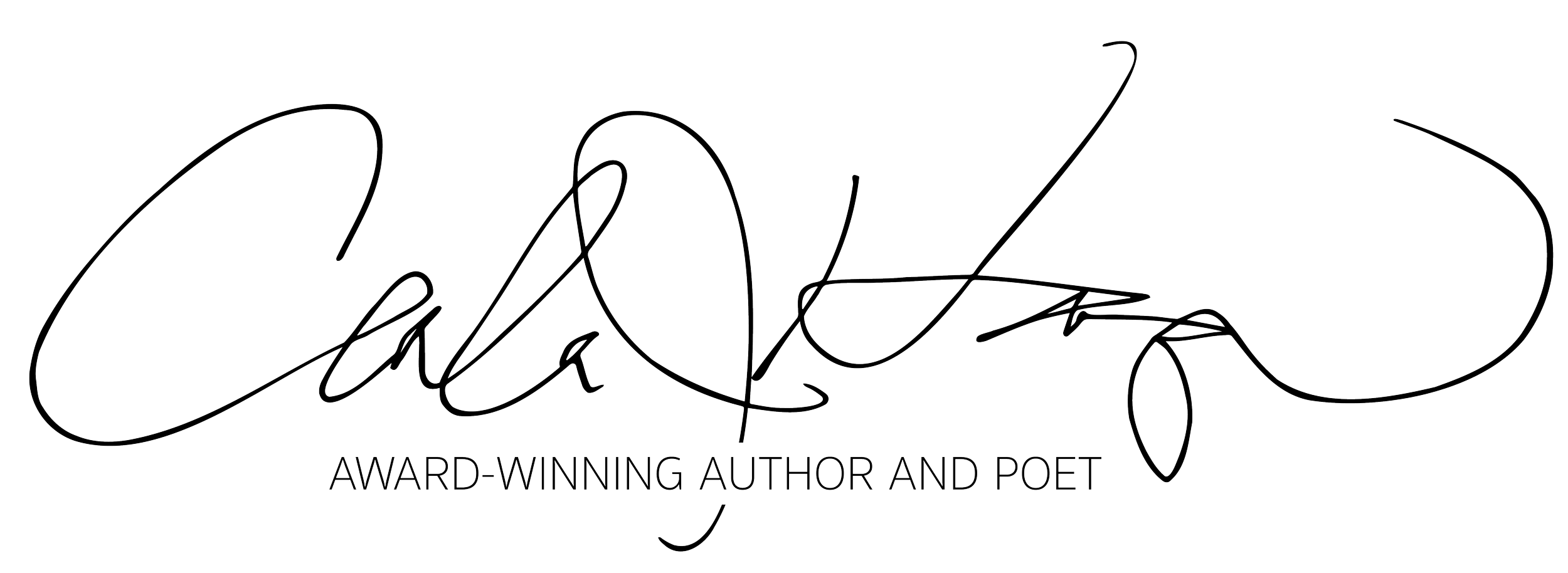The Next Big Thing: Julia Klatt Singer’s Guest Blog
I want to thank Carla for letting me guest blog here. And for asking me to be a part of The Next Big Thing project. It has been an enjoyable assignment to take on, and has forced me to think about my writing in ways I usually don’t think about it. Being a poet, I tend to write a poem, send it to a few friends, see what they have to say, and forget about it. It is the poems that stick with me, the ones I remember weeks or months later that I then go and try to find and look at again. To see if there is something there. This assignment has me not thinking about each poem, but the collections of them that I’m working on. And for me that is the hard part. Deciding what makes a collection and what poems belong together.
I am thankful too that both Clarence White and Alison Morse have accepted the assignment and will be blogging next week about their next big thing. Alison Morse writes fiction and poetry and is very involved in the writing community working with Peacemakers and running a series of readings through TIC—Talking Image Connection. Clarence is a writer, blogger, and fixture in the Twin Cities writing community as well. At a recent reading I attended the host said he can’t remember a reading he’s been to in the last couple years that Clarence hasn’t been at. Clarence is a lover of all things word. His blog can be found at: theclarencewhiteblog.wordpress.com
Oh and me. I’m Julia Klatt Singer and as my younger son describes me, I’m a part-time poet. His older brother isn’t fooled though, he knows the truth, and often points out to me just how much of a poet I am.
What is your working title of your book?
The working title for the book that I am presently getting ready for publishing is A Tangled Path to Heaven. I am also working on another two sets of poems, one based on the Periodic Table of Elements and another group I’m calling The Prodigal Son’s Daughter.
Where did the idea come from for the book?
I guess where most of my ideas come from; nature, music, random words, signs, birds, squirrels, strays, glances, what makes sense to me, and what doesn’t. I’m not sure there is a big idea but more the daily ideas, images, words and interactions that inspire my poems. Although with the Periodic Table, the poems are inspired by the elements, directly related to them in some way. So there is a bigger idea there, or at least a structure I’m working from. Most of my writing isn’t so organized, so my writing’s reason or focus isn’t clear until later. Think bucket of river water, bank and flotsam included—it has to settle to see what is there. Although with The Prodigal Son’s Daughter poems that I’m working on now, I am seeing a road, a landscape, the woods and fields and history, the vistas and the people, and the things lost and found there.
What is the one-sentence synopsis of your book?
The poems in A Tangled Path to Heaven explore the paths of relationships, from birth to death. The Heaven, in the title, isn’t the traditional heaven, but more the emotional heaven that we enter in our loving relationships—the safe haven heaven.
With the Periodic Table poems, each poem relates to an element in the ways the element relates to a life. How the elements come to life, enhance a life, are part of a life. They are the emotional, living table of elements. Or at least that is my hope for them.
I don’t know that I know enough about the Prodigal Son’s Daughter poems yet to sum it up in one sentence…
Will your book be self-published or represented by an agency?
A Tangled Path to Heaven is due to come out in June, 2013, published by Northstar Press, Clearwater, MN.
How long did it take you to write the first draft of your manuscript?
Good question. Some of the poems are a couple years old, some are newer, some feel like I’ve been writing them my whole life—I pulled a working manuscript together a couple springs ago and then let it sit. Brought it out again last fall and gave it a read. Then sent a half dozen poems to Northstar.
Who or what inspired you to write this book?
Lots of whos, lost of whats. I think the thing most of these poems have in common is that they are trying to portray the beauty and the fragility and resilience of life. They are trying to capture the moments I am afraid I’ll forget. Because we do forget things.
What else about your book might pique the reader’s interest?
I think of my poems as a way of pinning down the world around me. Like the butterflies and moths my father used to hunt and collect (which broke my heart to see them dead, mounted on a pin) I could see them, really see them, study their under wings, see the way the light played on their bodies, what made them visible and beautiful, and what helped them hide. So I pin down memories and experiences, thoughts and imaginings on paper (or try to) and hope that I have done them justice.
The cover of my book is from a photograph I took in Portugal last summer. I am thrilled to be able to use it, for it captures, I think, in color and perspective, the feel of the poems, a tangled path.
